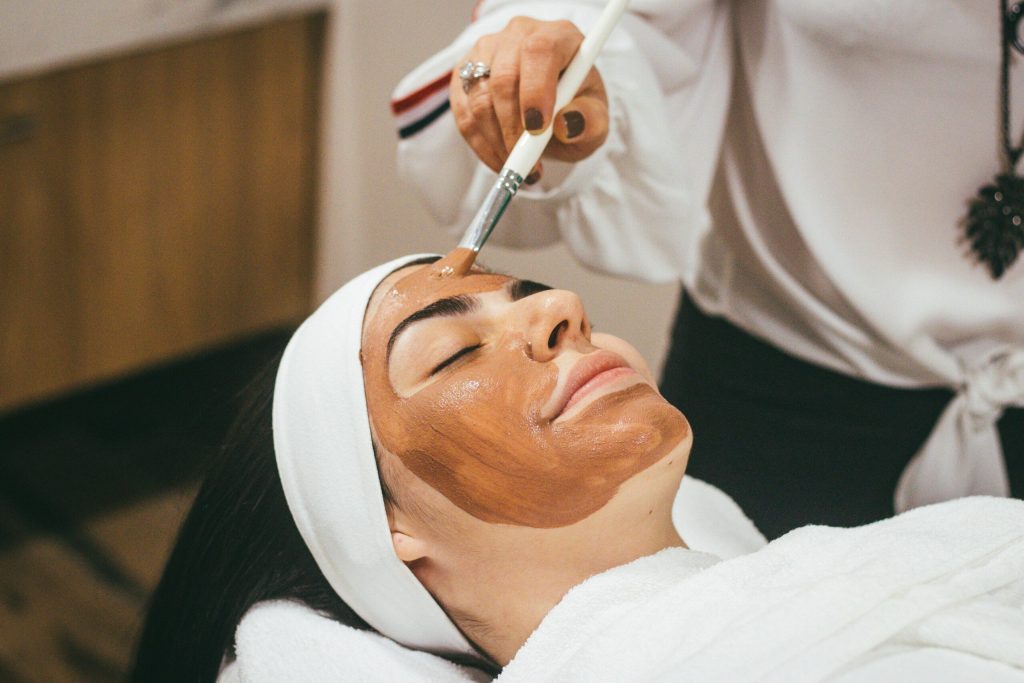Seborrheic Dermatitis – Effective Strategies for Long-Term Management
Seborrheic dermatitis presents a persistent challenge for many individuals due to its chronic nature and tendency for recurrence. Effective long-term management strategies involve a multifaceted approach that addresses both the symptoms and underlying factors contributing to the condition. Firstly, maintaining proper skincare routines is crucial. Using gentle, fragrance-free cleansers and moisturizers helps to keep the skin clean without exacerbating inflammation. Regular cleansing with mild products helps remove excess oils and scales, which are characteristic of seborrheic dermatitis. Secondly, understanding and managing triggers play a pivotal role. Common triggers include stress, cold weather, hormonal changes, and certain skincare products. Identifying personal triggers through observation and keeping a diary can aid in avoiding situations that might provoke flare-ups. Additionally, adopting stress management techniques such as yoga or meditation can help reduce the frequency and severity of outbreaks. Low-potency corticosteroids like hydrocortisone are preferred for facial areas to minimize the risk of side effects such as skin thinning.

Furthermore, topical treatments are often prescribed to control symptoms and manage flare-ups. It is essential to follow the prescribed regimen consistently to achieve and maintain control over the condition. In some cases, oral medications may be necessary for severe or resistant cases of seborrheic dermatitis. These medications may include antifungal agents or systemic corticosteroids, which require monitoring for potential side effects and interactions with other medications. Moreover, maintaining scalp health is crucial since seborrheic dermatitis commonly affects this area. Using medicated shampoos containing ingredients like ketoconazole, selenium sulfide, or coal tar can effectively manage symptoms such as itching and flaking. Regular use of these shampoos can help prevent recurrence of scalp involvement. Topical treatments are the cornerstone of seborrheic dermatitis management. Antifungal agents such as ketoconazole, ciclopirox, and selenium sulfide are frequently used to reduce Malassezia yeast levels on the skin. These can be found in shampoos, creams, and lotions, and regular use is essential to control symptoms.
Additionally, lifestyle adjustments can contribute significantly to long-term management. Avoiding excessive alcohol consumption and smoking, which can exacerbate symptoms, is recommended. A balanced diet rich in vitamins and minerals supports overall skin health and immune function, potentially reducing the frequency of flare-ups. Lastly, regular follow-up appointments with a dermatologist are essential for monitoring progress and adjusting treatment plans as needed. Dermatologists of northstar dermatology llc can provide ongoing support, offer new treatment options, and address any concerns or changes in symptoms. In conclusion, managing seborrheic dermatitis effectively requires a comprehensive approach that combines proper skincare, identification and avoidance of triggers, appropriate use of medications, scalp care, lifestyle modifications, and regular medical supervision. By integrating these strategies into daily routines, individuals can achieve long-term control over their condition and improve their quality of life significantly. For instance, ketoconazole shampoo used twice a week has been shown to be effective in maintaining remission. Corticosteroids, another key component, help reduce inflammation and itching.